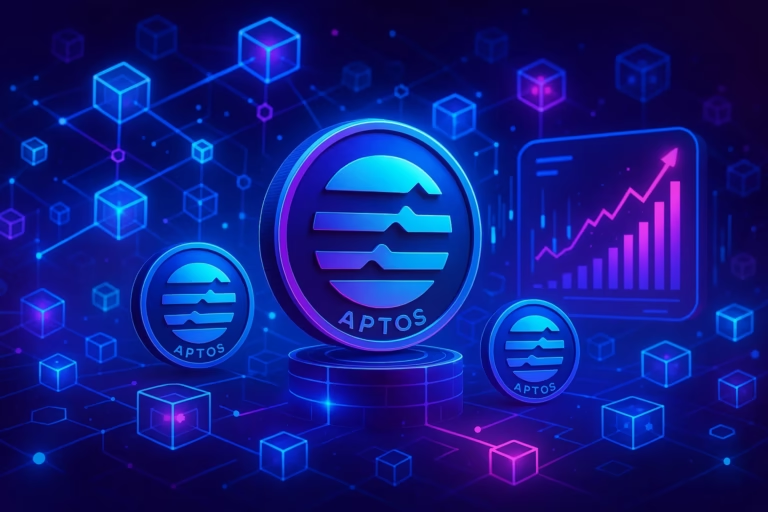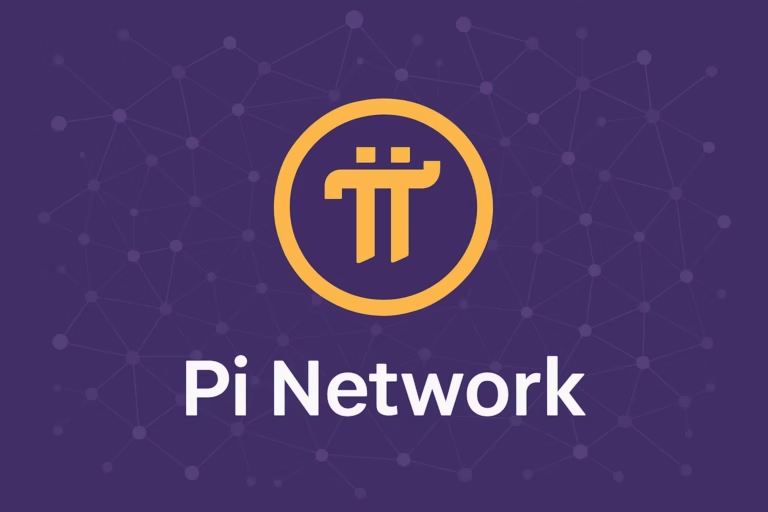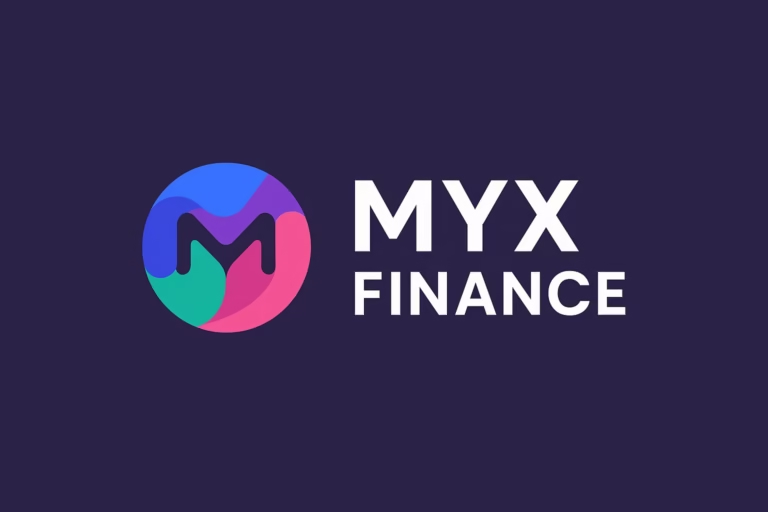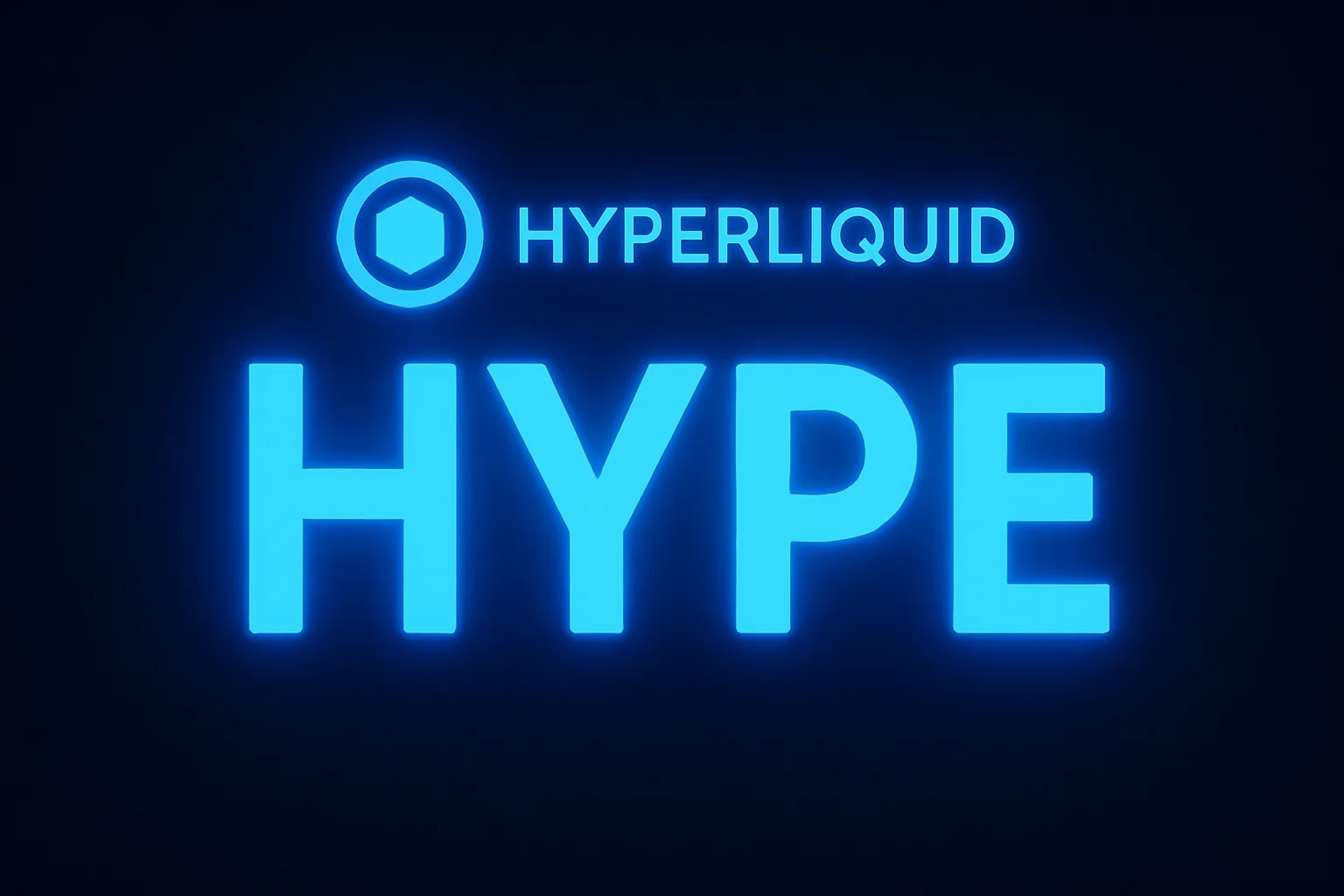
- Hyperliquid has emerged as a leader in on-chain perpetual futures trading, reaching $1.57 trillion in annual volume and generating $310 million in revenue.
- Its native HYPE token has surged nearly 950% since launching in November 2024, driven by strong platform performance and technical innovation.
Decentralized exchange Hyperliquid is making serious waves in the world of on-chain derivatives, posting an astonishing $1.571 trillion in perpetual futures trading volume over the past 12 months.
With a high-speed infrastructure, growing developer ecosystem, and explosive token growth, the platform is quickly becoming a top contender in the decentralized exchange (DEX) space.
HYPE Token’s Explosive Rise
The standout star in Hyperliquid’s story is its native token, HYPE. Since its launch in November 2024, HYPE has soared by nearly 950%, reaching an all-time high of $45.57 on June 16, 2025.
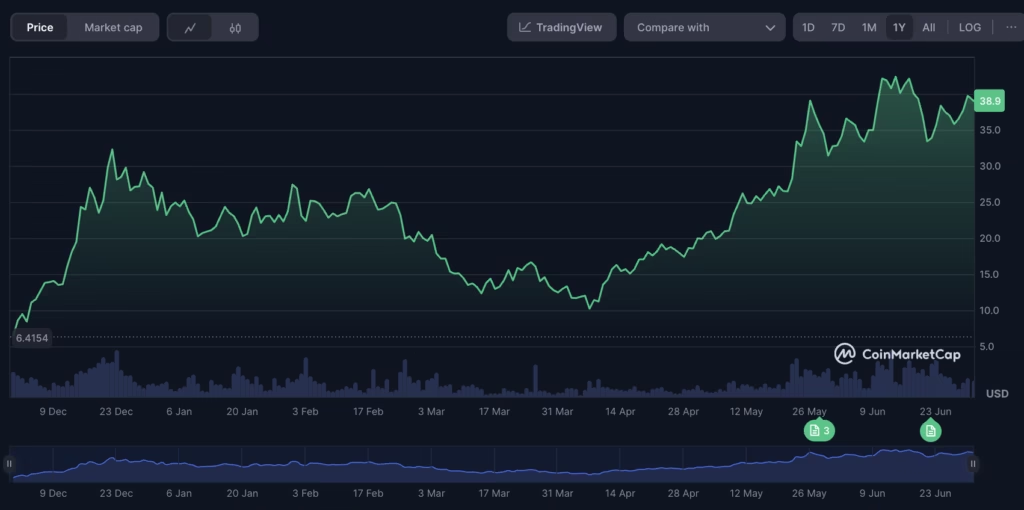
This incredible price surge was largely fueled by the platform’s $1.2 billion token airdrop late last year and rising user activity.
Currently, HYPE trades just 12.5% below its ATH, showing strong resilience even amid broader market fluctuations. The token has become a symbol of the platform’s rapid success and a favorite among on-chain traders.
In May alone, Hyperliquid processed $248 billion in trading volume, and June numbers remain strong at $208 billion, solidifying its lead over other decentralized perpetual futures platforms, which combined for $140 billion during the same timeframe.

The exchange also recorded a monthly revenue of $56 million, contributing to its total $310 million in cumulative earnings.
How Hyperliquid Innovation Drives Growth
Hyperliquid owes much of its rise to its technical edge. With sub-second transaction finality and the capacity to handle over 100,000 orders per second, the platform delivers speed and transparency through its fully on-chain order book. According to Presto Research analyst Min Jung, this efficiency is key to its dominance.
Moreover, the launch of HyperEVM earlier this year allows smart contract deployment and dApp integration, expanding the platform’s use case beyond just trading. This new Ethereum-compatible network links directly to HyperCore, the backbone of Hyperliquid’s Layer 1 blockchain infrastructure.
DISCLAIMER:
The views and opinions expressed herein are solely those of the author and do not necessarily reflect the views of the publisher. The publisher does not endorse or guarantee the accuracy of any information presented in this article. Readers are encouraged to conduct further research and consult additional sources before making any decisions based on the content provided.

